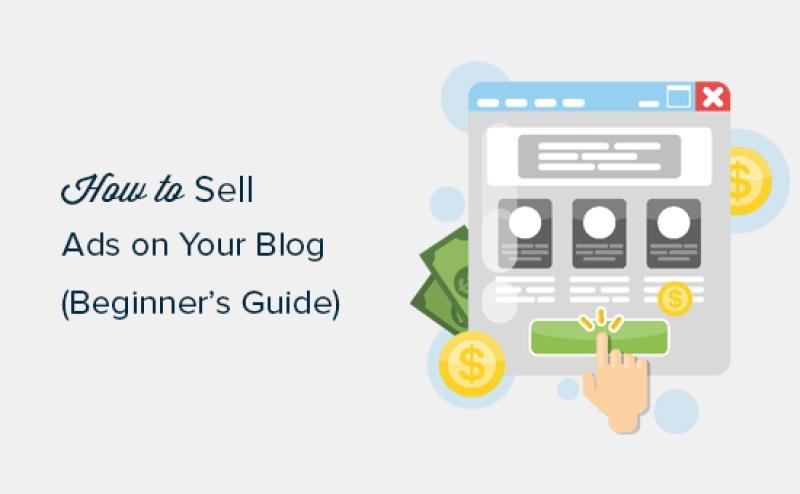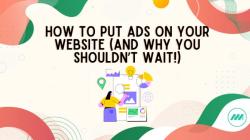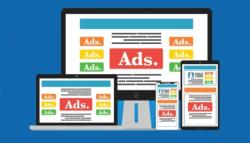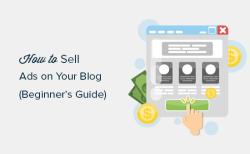How do you sell ads on your website?
Selling ads on your website can be a lucrative way to monetize your online presence. Here's a step-by-step guide to help you sell ads on your website:
Build a Strong Website:
- Before attracting advertisers, ensure that your website has quality content, is well-designed, and offers a positive user experience. A professional-looking website is more appealing to potential advertisers.
Define Your Audience:
- Clearly identify your target audience and the demographics of your website visitors. Advertisers are more interested in websites that can reach their specific target market.
Create an Advertising Page:
- Develop a dedicated page on your website that provides information for potential advertisers. Include details about your website, audience demographics, traffic statistics, and available ad placements. Make it easy for advertisers to understand the benefits of advertising on your platform.
Set Ad Rates:
- Determine how much you will charge for different ad placements on your website. Rates can vary based on factors like ad size, location, and the level of engagement your website receives.
Choose Ad Formats:
- Decide on the types of ads you want to offer. Common formats include display ads, banner ads, sponsored content, and video ads. Be transparent about the available options for advertisers.
Implement Ad Management System:
- Use an ad management system or ad network to streamline the ad-selling process. Platforms like Google Ad Manager, AdSense, or other third-party ad networks can help manage ad inventory, track impressions, and facilitate transactions.
Offer Packages and Discounts:
- Consider creating advertising packages or offering discounts for longer-term commitments. This can be attractive to advertisers looking for cost-effective and comprehensive options.
Create a Contact Form:
- Include a contact form on your advertising page to make it easy for potential advertisers to reach out. Provide clear instructions on how advertisers can get in touch to discuss partnerships.
Build a Media Kit:
- Develop a media kit that includes detailed information about your website, audience demographics, advertising options, and pricing. This can be shared with potential advertisers to give them a comprehensive overview of your platform.
Promote Your Ad Space:
- Actively promote your available ad space on your website and through other channels. Leverage your social media accounts and any other platforms where you have a presence.
Negotiate and Close Deals:
- When potential advertisers express interest, be prepared to negotiate terms and finalize the deal. Clearly outline expectations, payment terms, and any other relevant details.
Monitor and Optimize:
- Once ads are live, regularly monitor their performance. Use analytics to track impressions, click-through rates, and other relevant metrics. Optimize your ad strategy based on this data.
Remember to comply with relevant laws and regulations, and clearly communicate with advertisers about your terms and conditions. Building strong relationships with advertisers and maintaining the quality of your content are key factors in long-term success.
Selling ads on a website and monetizing your content can be exciting! Here's a breakdown of the process, models, and factors to consider:
1. The Process of Selling Ads:
- Define your audience: Understanding your website's visitors, their demographics, and interests is crucial for attracting relevant advertisers.
- Choose an ad network or platform: Several options exist, like Google AdSense, Media.net, or direct sales. Each offers different ad formats, targeting options, and revenue models.
- Place ad units strategically: Integrate ad formats (banners, display ads, native ads) seamlessly into your website design, maintaining user experience.
- Track and analyze ad performance: Monitor impressions, clicks, and conversions to optimize ad placements and target audience.
- Manage and maintain relationships: If selling directly, communicate effectively with advertisers and fulfill agreed-upon campaigns.
2. Different Models for Selling Ads:
- Cost-Per-Click (CPC): Advertisers pay each time a user clicks on their ad. Ideal for websites with high engagement and targeted traffic.
- Cost-Per-Mille (CPM): Advertisers pay for every 1,000 impressions (views) of their ad. Suitable for websites with large visitor volume but lower click-through rates.
- Revenue Sharing: Share a percentage of the generated revenue with the ad network or platform. Can be advantageous for new websites.
- Direct Sales: Negotiate pricing and ad placements directly with individual advertisers. Offers greater control but requires more effort.
3. Factors Influencing Pricing and Success:
- Website traffic and demographics: Higher traffic and well-defined audience attract more advertisers and command higher rates.
- Content quality and engagement: Engaging content keeps users on your website longer, increasing ad exposure and click-through rates.
- Ad relevance and targeting: Matching ads to your audience's interests leads to higher engagement and conversions.
- User experience: Seamless ad integration avoids disrupting user experience and encourages more engagement.
- Technical expertise: Understanding ad formats, tracking tools, and optimization techniques improves campaign performance.
Remember, monetizing your website is a journey. Experiment with different models, track your results, and adapt your strategies for optimal success. Don't hesitate to consult resources and experts to navigate the process and make informed decisions.




